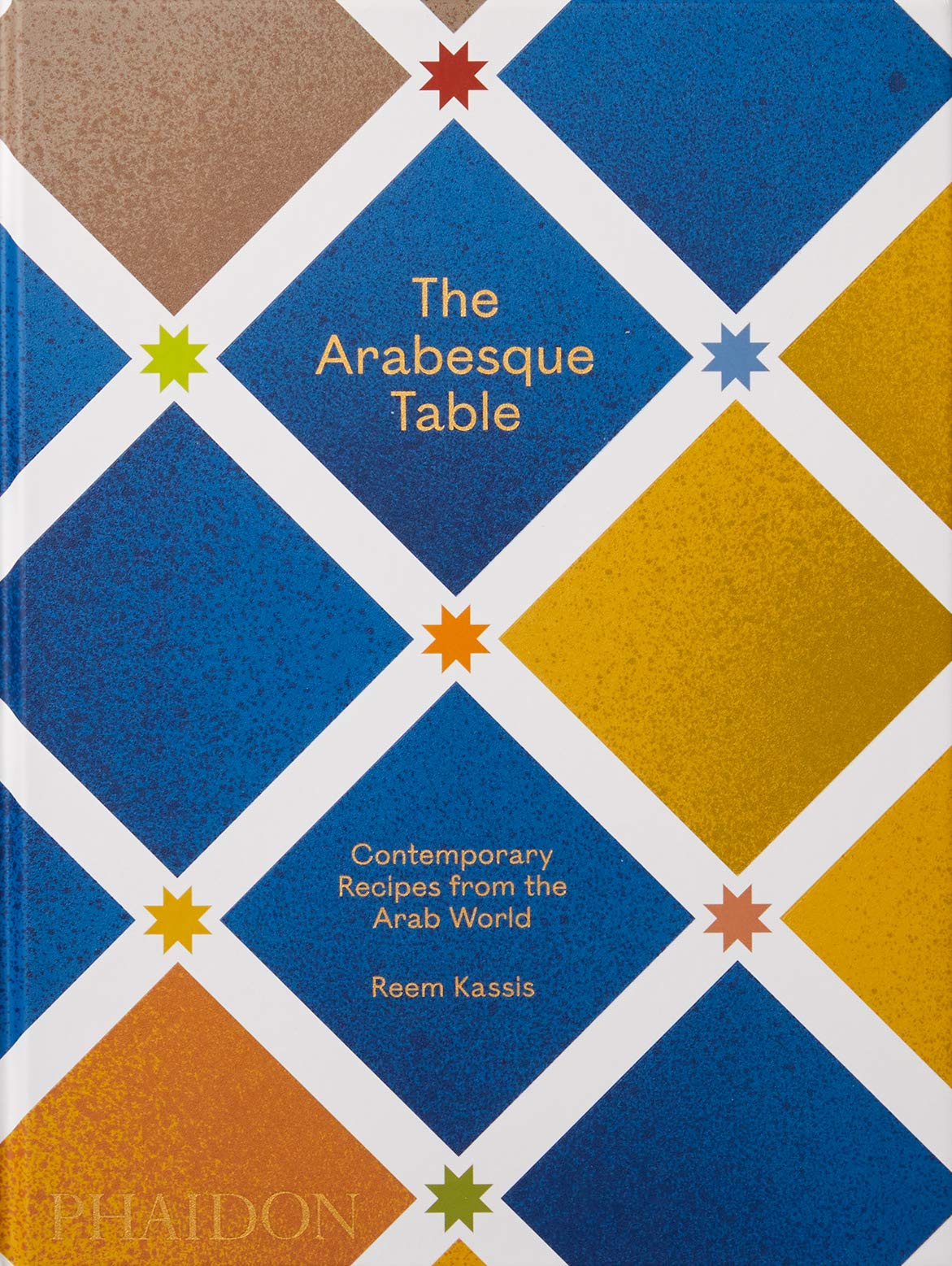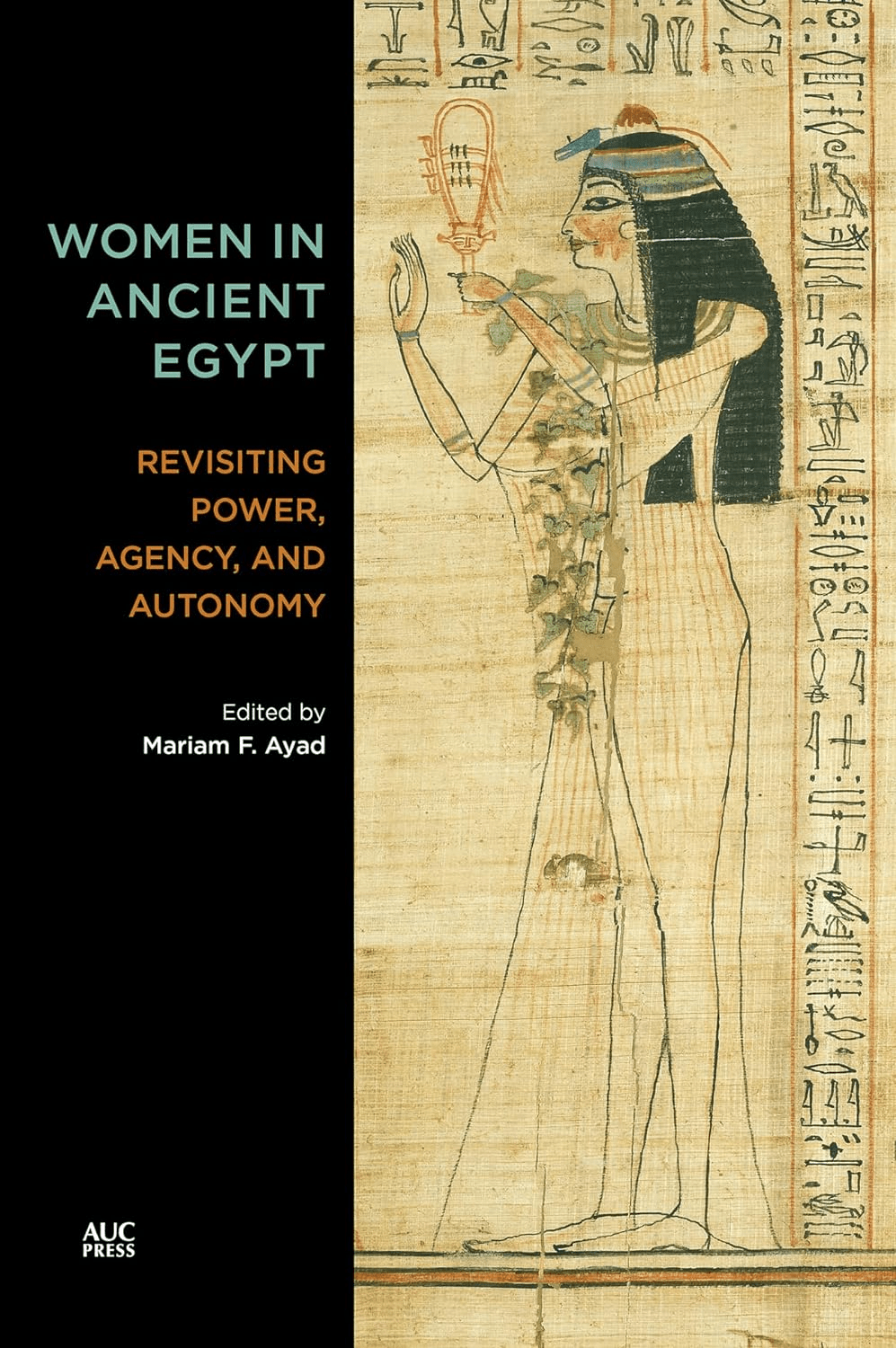
The Arabesque Table: Contemporary Recipes from the Arab World
Tom Verde
Reem Kassis.
Phaidon, 2021.
“[N]o cuisine is stagnant, but [is] rather a dynamic force that changes through circumstance, integrates with other cultures, and evolves with the times.”
—Excerpt from introduction to The Arabesque Table, by Reem Kassis
This collection of Middle Eastern-inspired recipes honors the Arabesque: an intricate, intertwining design style “originally found in Arab and Islamic art.” Meandering threads of classic Middle Eastern ingredients and flavors intersect and merge here with those of other cultures, resulting in unusual even if tempting combinations such as za’atar schnitzel (essentially Arab fried chicken cutlets), turmeric and nigella seed Easter bread (similar to Jewish challah), or sweet and salty coconut knafeh drenched in lemongrass syrup (a nod to Thai cuisine), with dried, shredded coconut (another nod) standing in for the traditional strands of filo dough in classic knafeh, a popular Arab pastry. The book’s sections alternate between specific, deliciously compatible ingredients (“Eggplants + Tomatoes”; “Fruits + Floral Waters”) and classic spices (“Coriander + Cumin + Cardamom”; “Za’atar + Sumac”). Rife with personal culinary memoir, this could easily be a book for the armchair chef, though this one is worth the effort for the adventurous home cook.
You may also be interested in...

In War and Peace, Book Explores How Rome and Persia Remained Frenemies
Book Review: In his latest scholarly work, Roman historian Adrian Goldsworthy reduces Persian and Roman longevity to simply an ever-evolving coexistence.
Drawing New Conclusions About the Status of Women in Ancient Egypt
Egyptologist Mariam F. Ayad that gender bias among historians accounts for an underrepresentation of women’s lives in historical studies of Egypt.